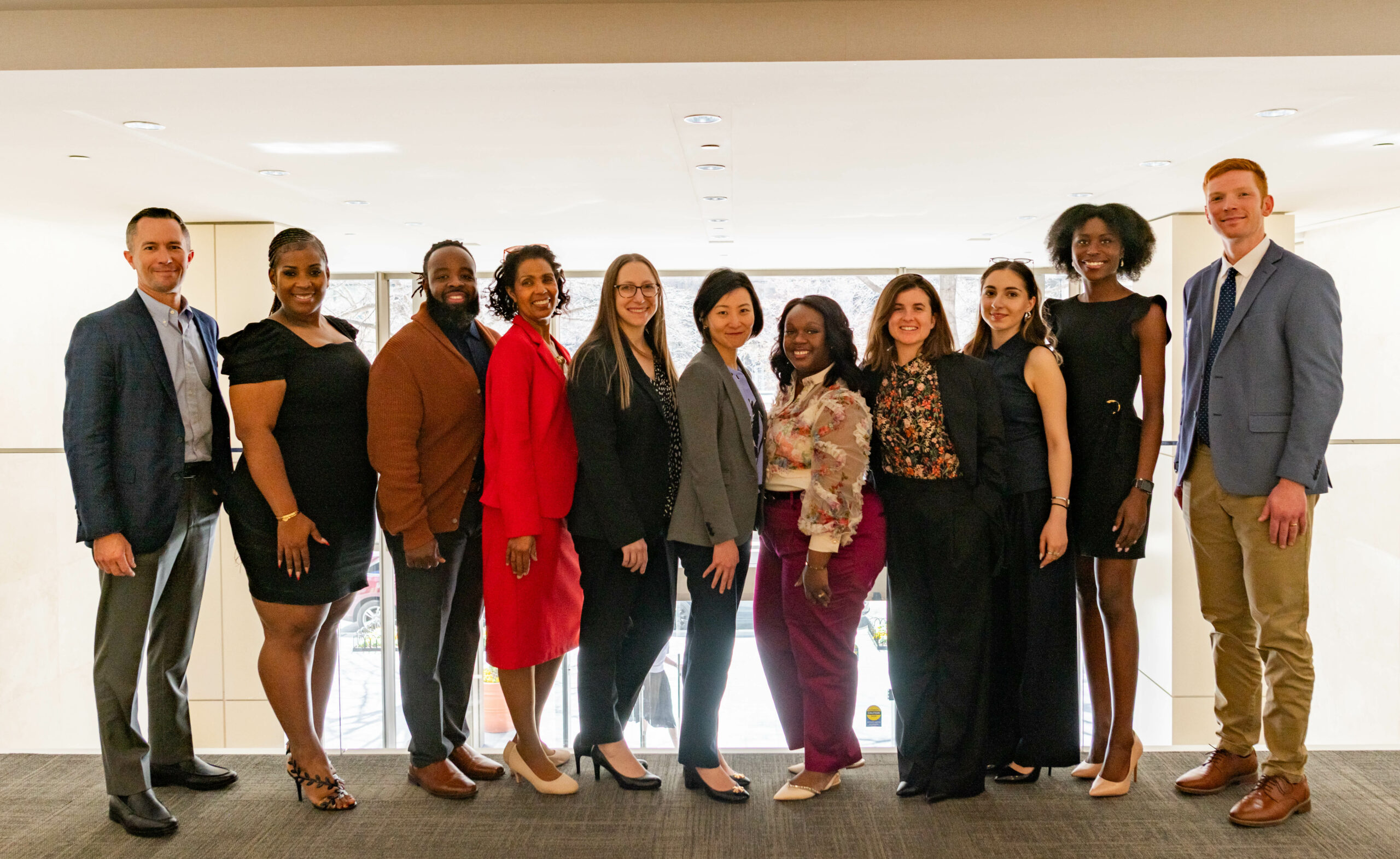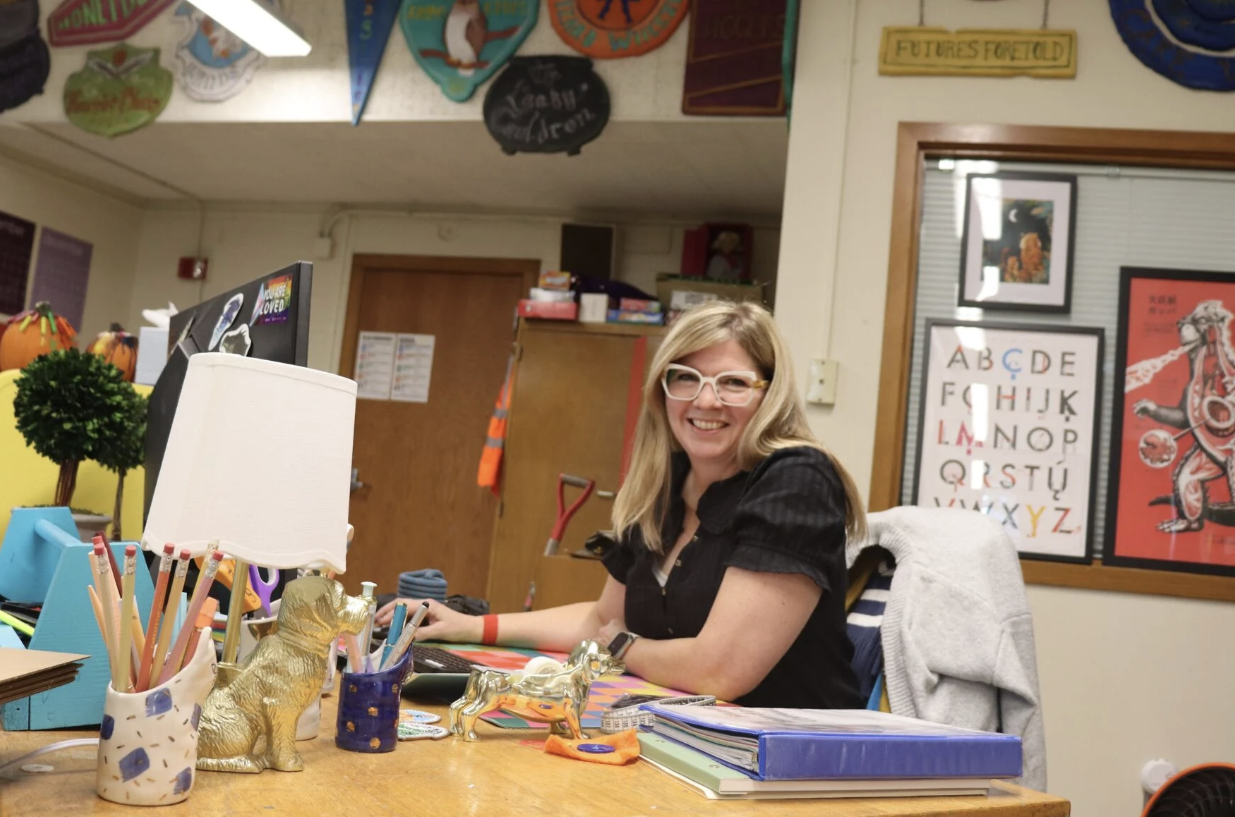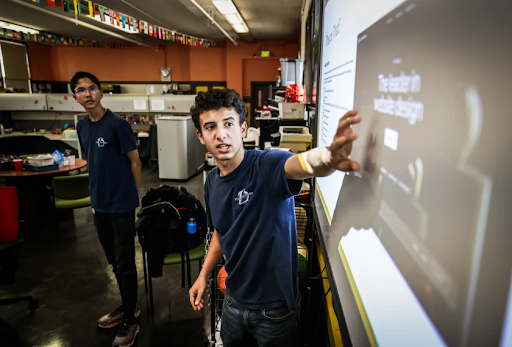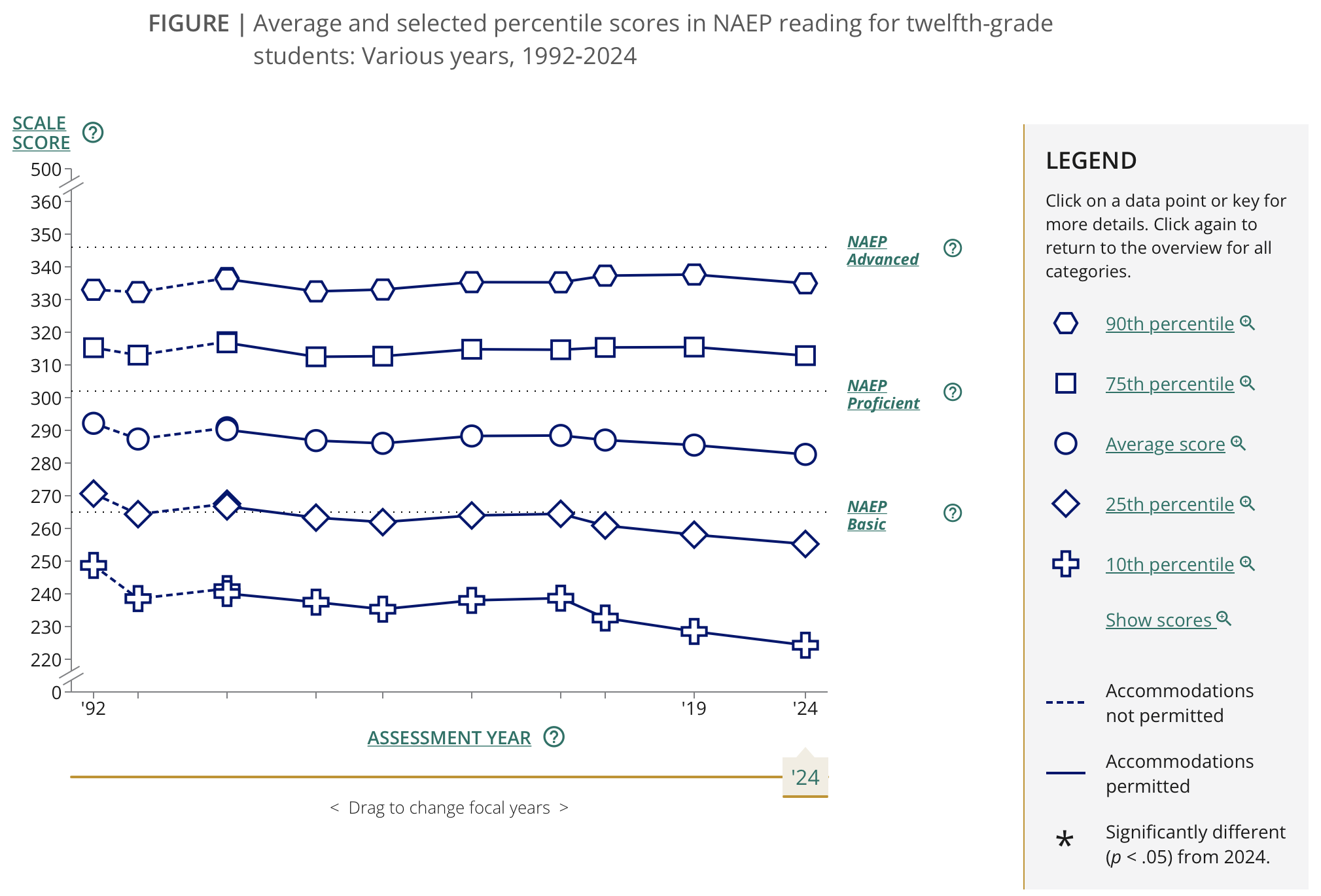Jump to: Top Tasks | From the Field | Key Resources | Moments of Resilience
It’s week 262, and we’re reflecting on the age-old tension in politics: the pull between staying the course and calling for change. The message you choose often becomes the deciding factor between winning and losing.
“I’ve been spending some time recently with top Democrats as they think about how to rebuild after the 2024 loss. And in the 20-some years I’ve been covering politics, I have never heard Democrats so confused,” Ezra Klein shared in a new edition of his podcast. His guest, prominent Democratic data analyst David Shor, thinks he has an answer both for why Democrats lost last November’s presidential race and the path they have to take to get back on the right side of voters. Shur’s conclusion–after combing through the results of 26 million interviews conducted over the past year with the help of 45 experts in data analytics and machine learning–is pretty simple: Americans want big change and they will vote for whoever promises to deliver it.
SUBSCRIBE
In his presentation in the podcast, he walked through one slide in particular that gets to the heart of the current political mood. He asked people to pick between the statements: “what is needed is a return to basic stability” and “what is needed is a major change and a shock to the system.” The shock to the system won out by 16 points, 53 to 37. When a simpler goal of “delivering change that improves Americans’ lives” was contrasted with the goal of “preserving America’s institutions,” change won out by an incredible 60 percentage points, 78% to 18%.
This is something we also saw in our recent survey of voters in the battleground state of Virginia, where 42% of voters said Virginia public education was on the wrong track compared to just 35% who said it was on the right track. When asked to choose between funding the education system and reforming it, 61% chose better reforms compared to just 28% who chose more funding. Zooming out, we see this same trend nationally on the long-standing Gallup poll of public satisfaction with public education, which hit a new low this year. Just 24% of Americans say that they are satisfied with the quality of public education, compared to 73% who are dissatisfied.
All signs point in one direction: if forced to choose between bold change and protecting the status quo, voters will choose bold change every time. The question for elected officials this year is whether they will rise to the challenge of securing the bold changes that the American people so desperately want for their kids.
Last week, we put a spotlight on chronic absenteeism. This week, we revisit the idea of the digital divide and look at the important role played by standardized tests in ensuring students actually learn.
TOP TASKS
Rethink the digital divide
The idea of a digital divide – where access to smartphones, tablets, laptops and the Internet is determined by how much money families have – has dominated a lot of the debate about students and these emerging digital tools. It was the focus of a conference the Gates Foundation organized in 1999 and emerged as a key section in Bill Clinton’s 2000 State of the Union Address where he asserted: “Opportunity for all requires something else today — having access to a computer and knowing how to use it. That means we must close the digital divide between those who’ve got the tools and those who don’t.” Clinton went on to argue for a big investment in connecting classrooms and libraries to the Internet. Under President Obama, this focus on closing the digital divide shifted to the home, with a big push “to help Americans from across the country, at every income level, get online and have the tools to take full advantage of the Internet.”
But what if the true digital divide is not students’ access to these tools but how they use them?
That’s the striking conclusion from a new study by researchers at the University of Chicago and the University of South California published by Brown University’s Annenberg Institute. When the pandemic school closures forced students to stay at home, there was a big push to expand access to high-speed Internet into the homes of school-aged children so they could continue their learning online. The assumption was that all students would benefit from this broadband access. But that’s not what these researchers found.
“Broadband program participation boosted remote learning engagement and achievement for previously high-performing students and reduced engagement and achievement for low-performing pupils,” they write. “We conclude that increased technology access may come with greater costs for low-achieving students and benefits for high-achieving ones – contributing to widening pandemic-era educational inequities.”
You read that right: closing the digital divide in broadband access made the learning divide worse.
While students that are already ahead may be motivated to use these tools to accelerate their learning, for many others who have fallen behind, high-speed Internet is just a faster path to a world of digital distractions.
We wouldn’t expect that giving every kid in America a free Xbox or a Netflix subscription would help them learn more. We might even predict that all but the most disciplined students would learn less. Yet, we are often misled by the general purpose nature of digital devices—and the examples of high-performing students using them in the pursuit of knowledge—and turn a blind eye to how distracting they can be. It is increasingly clear that the academic value of digital tools is entirely dependent on the choices students make in a world that is constantly tempting them to make the wrong ones.
As Mike Bloomberg wrote last week in a column calling for schools to rethink their use of technology: “The soaring promise of technology in the classroom has failed to deliver results while imposing great costs on children and taxpayers … One study found it can take students up to 20 minutes to refocus after engaging in a nonacademic activity. Put another way: Playing one video game three times a day costs an hour of learning. Some of the online diversions that students find involve disturbing and inappropriate content that slips through schools’ filters, warping developing minds.”
That means education advocates need to think much more deeply about the true impact of digital devices and be clear-eyed about who is benefiting and who is being harmed. As the University of Chicago and USC researchers conclude in their study: “Continued investments in expanding technology access without complementary supports for vulnerable students may further fuel these inequities; counterbalancing the negative effects of technology for low-achieving students is thus imperative.”
THE TASK OF THE WEEK IS
Stand up for a family’s right to know
Standardized tests used to be a key element of a bipartisan education agenda but lately they have been more of a bipartisan punching bag.
Maybe what it takes to appreciate their value is to remove them for a few years and see what happens? That’s what Harvard University did in their admissions process starting in 2020 and the results have been a predictable disaster.
“The Harvard Math Department will pilot a new introductory course aimed at rectifying a lack of foundational algebra skills among students,” S. Mac Healey and Angelina J. Parker write in an article for The Crimson. The remedial algebra course is designed to address deficiencies in “students’ math skills and learning abilities” that have prevented them from being able to handle the material in Harvard’s traditional introductory math course. It’s shocking that Harvard has had to offer a course for the first time in its history to cover material most college-bound students master in the 8th grade. In fact, after a little digging we realized that Harvard was testing for algebra skills on its entrance exam all the way back in 1869. This story of the damage done by breaking that 151 year old approach to assessing students’ skills has resonated with a huge number of people over the past week on social media.
The biggest question people have asked is: How does a school that accepts less than 4 percent of its applicants now have so many classrooms full of students that can’t do middle school math?
A new report published by NBER provides an answer. It turns out that in an era of grade inflation, social promotions and AI-fueled cheating, “standardized test scores predict academic outcomes with a normalized slope four times greater than that from high school GPA.” In other words, there is no reliable way to catch these deficiencies looking at high school grades alone.
This is something that parents of high school students know all too well. Far too often the only thing that reveals that an A student isn’t actually mastering the content is a standardized test.
That’s why we have made a push for much more information for parents to make informed choices a key part of our policy agenda. As we wrote in our Measure Everything policy report back in August 2020: “we need a measurement system focused on serving the needs of parents, not institutions” and that standardized tests “help ensure that our public school districts aren’t black boxes.”
It is also why in the midst of all the shake ups to the US Department of Education, it is essential that testing and research programs like the NAEP continue to provide parents with reliable data on how students are actually performing in their states. As AEI’s Rick Hess argues in a new essay in Education Next, there is nothing inconsistent about going after the “inefficiency, waste, and bloat at the department” and standing up for the “great value in the National Assessment of Educational Progress, national statistics on school staff and spending, and data on higher education outcomes.”
THE TASK OF THE WEEK IS
FROM THE FIELD
The Land of Enchantment’s legislative session ended last week, and it was one that required NewMexicoKidsCAN to navigate a tumultuous process in their work to promote the science of reading. After thinking the legislation was fully dead last week, the portions that reform teacher preparation literacy training were amended into another bill, HB167. It cleared the House and is headed to Gov. Lujan Grisham’s desk. If signed, it will ensure educators are prepared to teach all students to read from day one.
HawaiiKidsCAN is following the progress of SB742, already successfully out of the Senate. It received a hearing in the House last week and subsequently passed out of the first committee. The legislation will establish a new data sharing group which will report to the legislature.
GeorgiaCAN saw three bills move out of the Senate Education Committee last week, including a top priority bill, SB82, which will incentivize local school boards to approve charter school petitions by providing a grant of $250,000 per approved charter. Meanwhile, the parent advocates of GeorgiaCAN are working diligently on the approval of two new charter schools, including Tapestry Public Charter School which focuses on serving students on the autism spectrum. The testimony of one of GeorgiaCAN’s parent fellows, Ophelia Nnorom, captured the interest of two county commissioners who set up visits to the school and then endorsed expansion.
ConnCAN Executive Director Steve Hernandez hosted a High-Dosage Tutoring Roundtable for the Connecticut General Assembly’s Education Committee, where he stressed the importance of implementation and choosing the right providers. The roundtable was designed to help inform legislators as they look to consider state-based investments in tutoring.
Key Resources
Harvard’s Marty West argues in an essay in Education Next that the only way students are going to fully catch back up is if we find a way to get them extra instructional time.
In a new study by UVA researchers published by EdWorkingPapers, the authors find that for the 2020-21 school year in “only 7 percent of the year was spent in the fully in-person learning modality for the average Virginia district” and “districts serving larger concentrations of Black and Hispanic students offered less in-person learning.”
Five years after the initial school closures, Brookings finds that only 8% of states have recovered from Covid-era learning losses in math and only 16% have recovered in ELA.
On the New York Times’ podcast The Daily, Michael Barbaro speaks to Stephen Macedo and Frances Lee, the authors of a new book that argues the school shutdowns and other pandemic lockdown policies did not result in any measurable number of lives saved and came at an enormous cost to students and their families.
Moment of Resilience

The seventh cohort of our National Voices Fellowship held their first in-person last week in Washington, DC. Fellows participated in a day of on-camera media training, discussed readings ranging from Plato’s Republic to Jonathan Haidt to George Orwell, and interrogated our Believe in Better policy framework in search of new opportunities for messaging.







